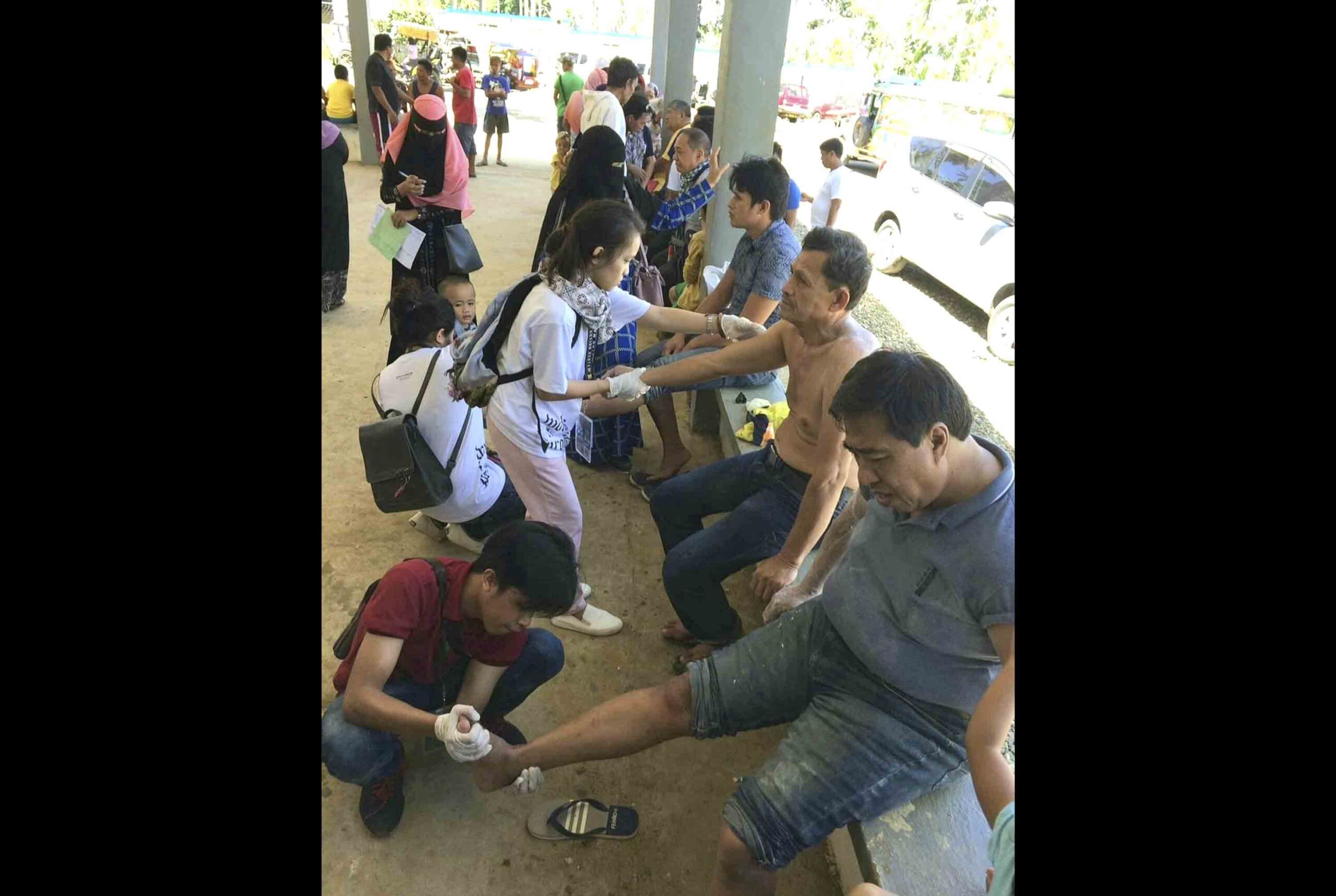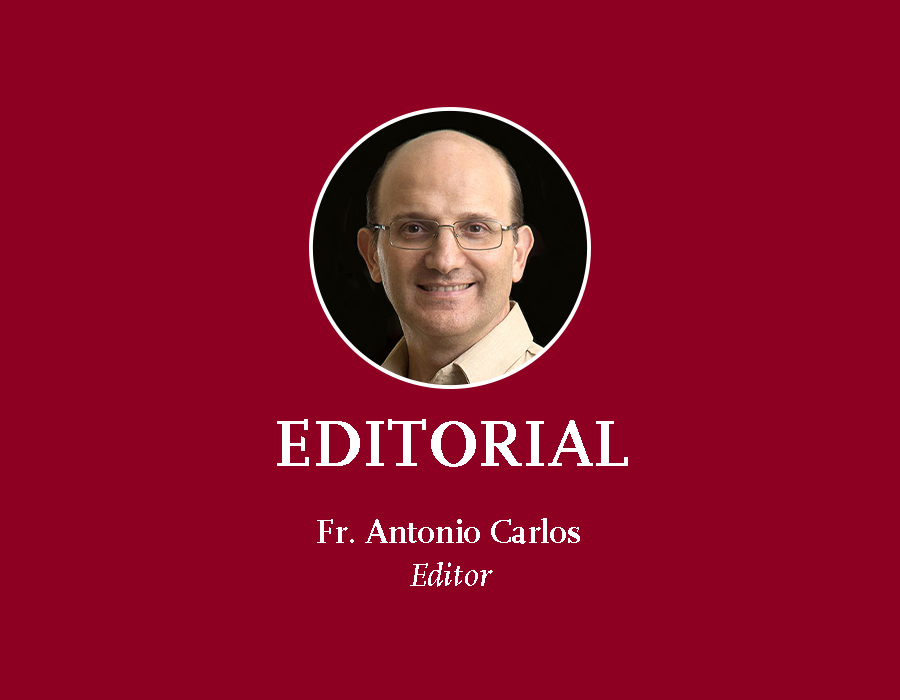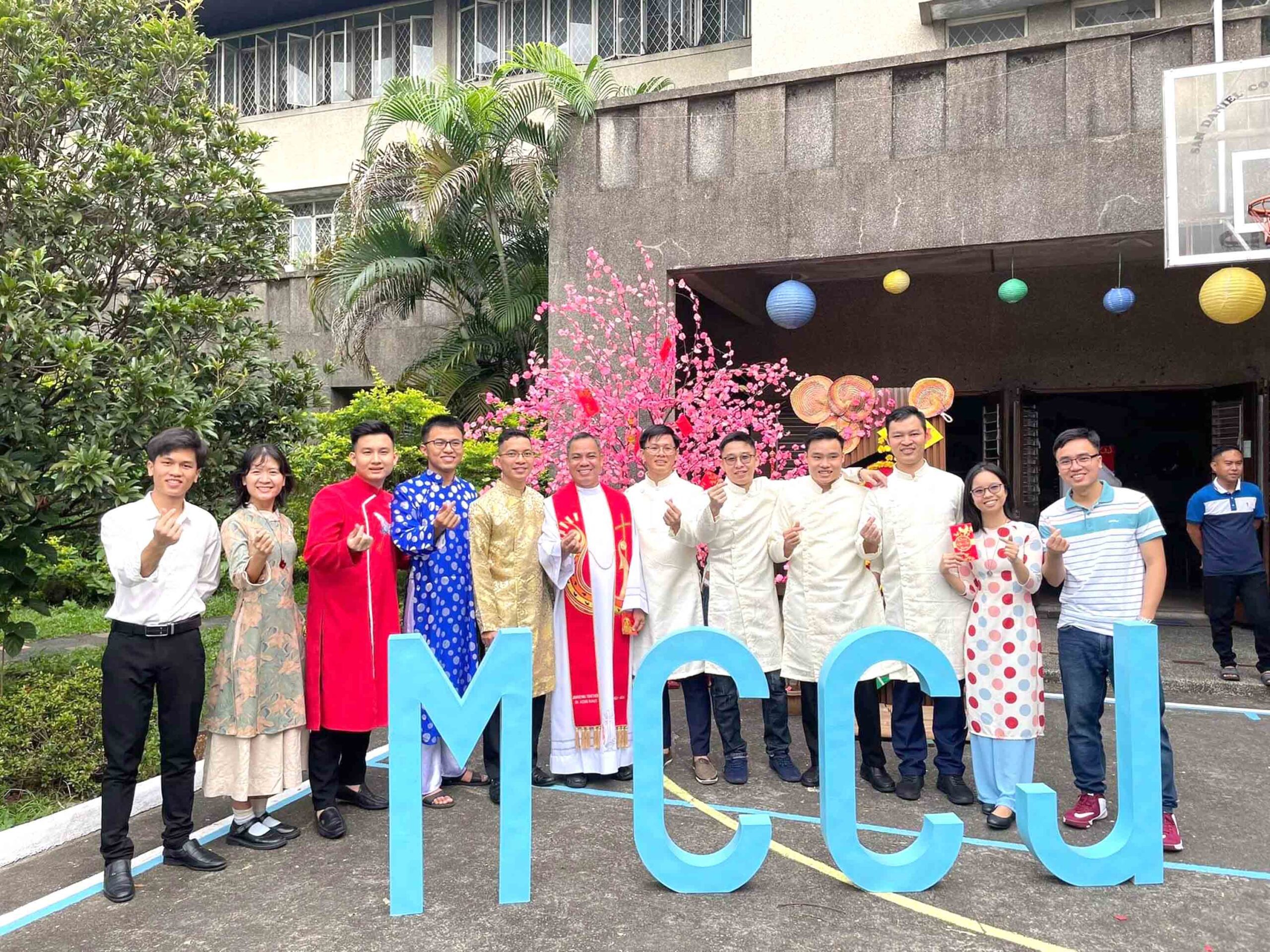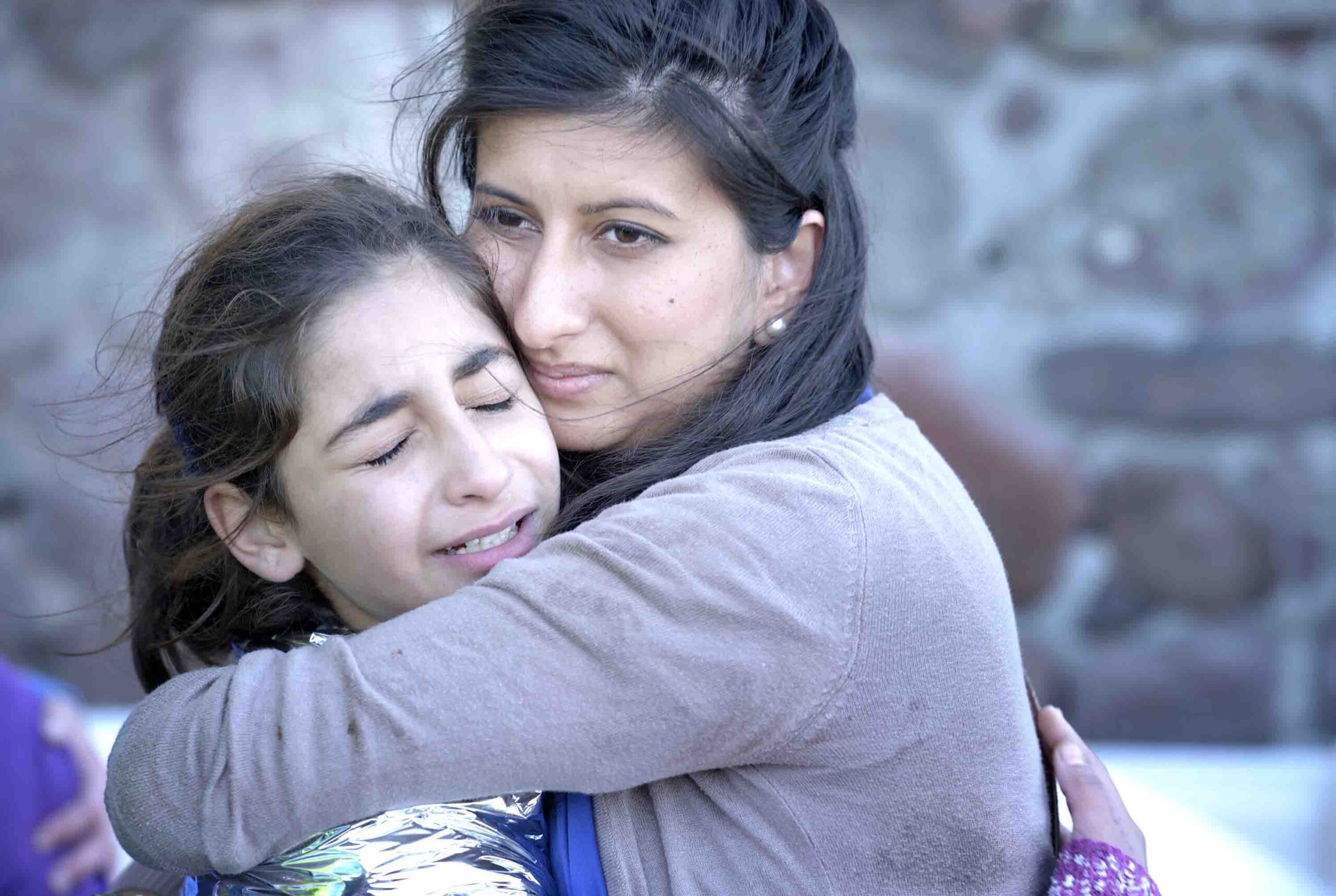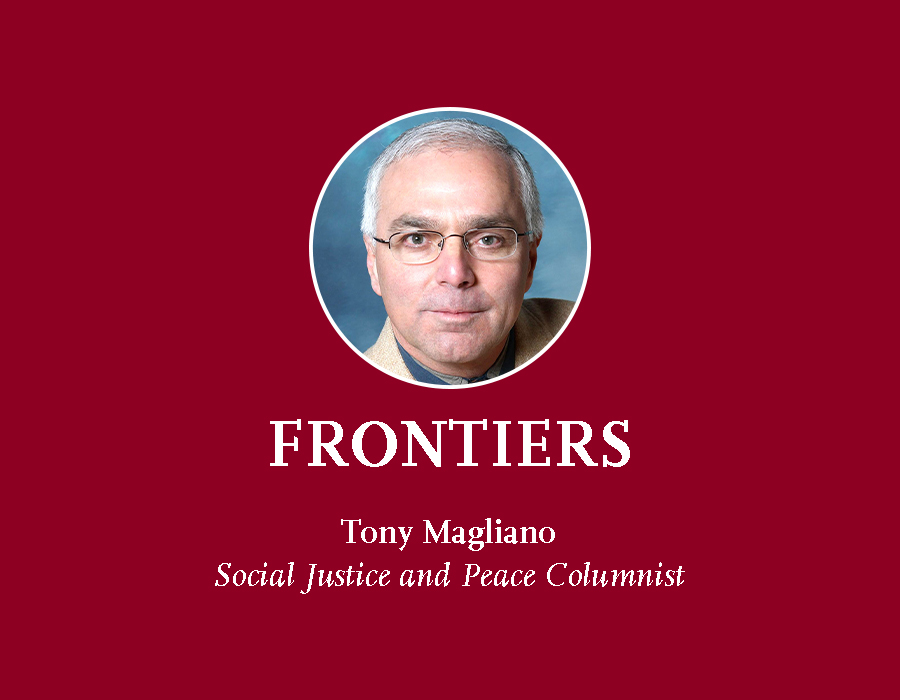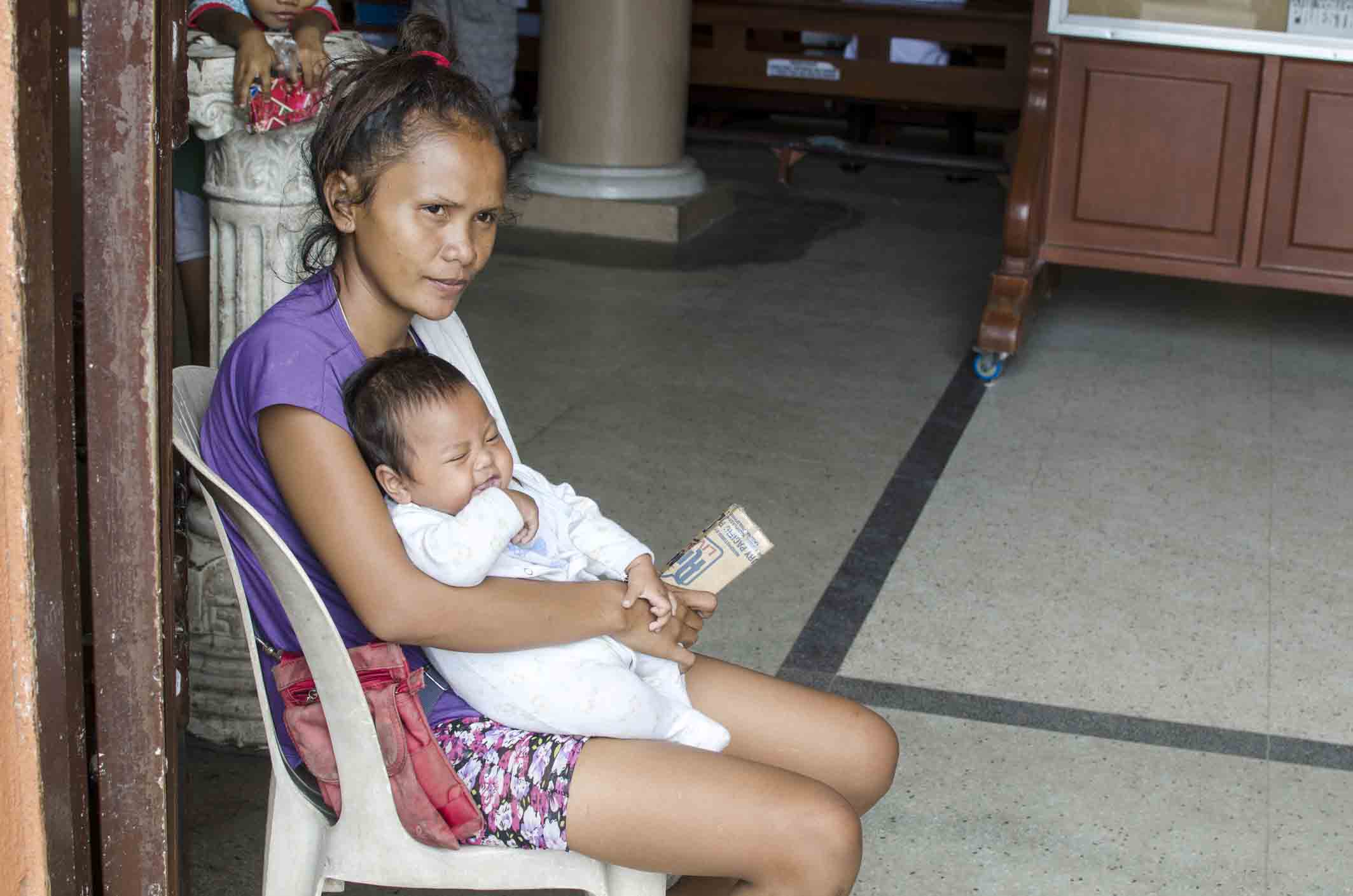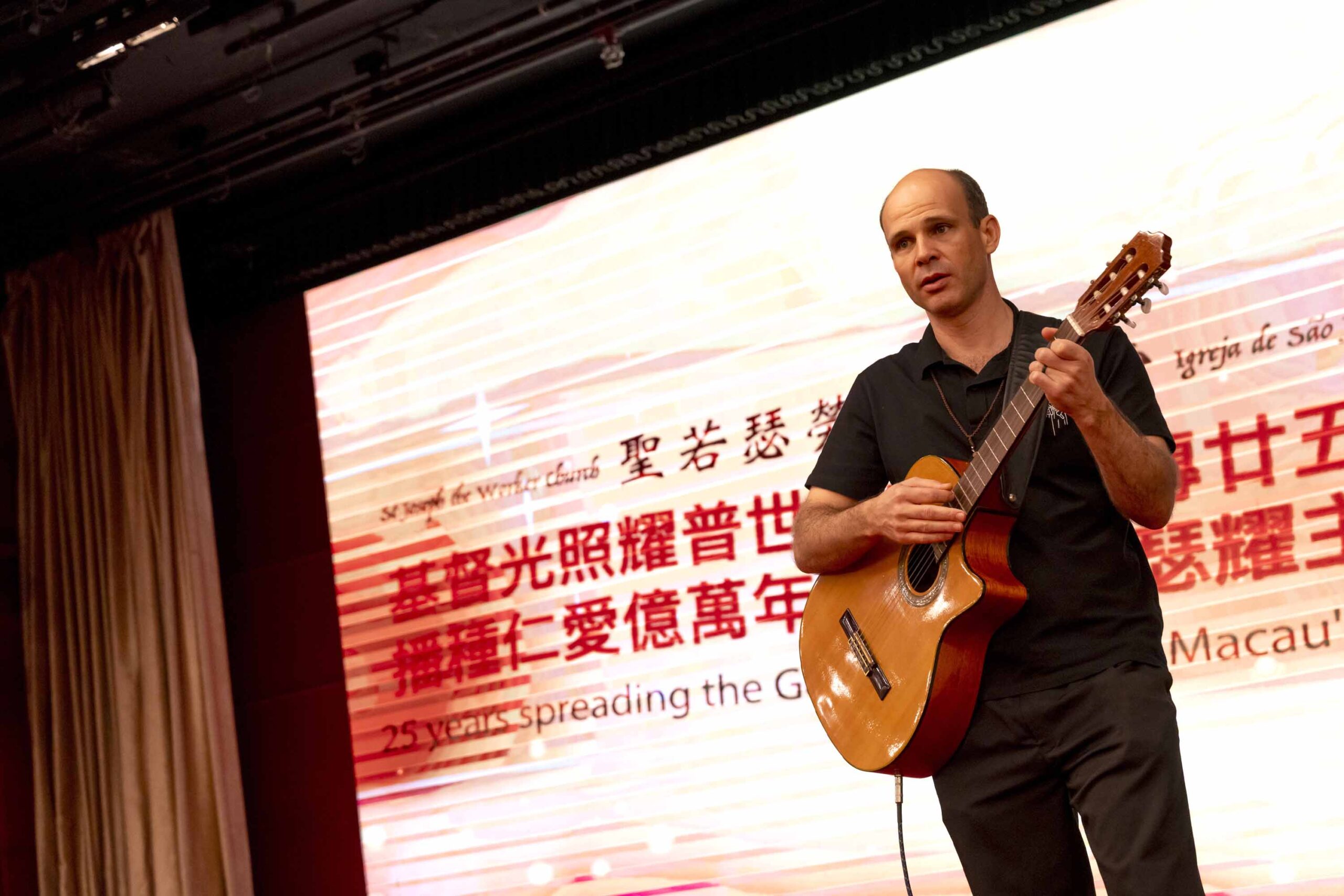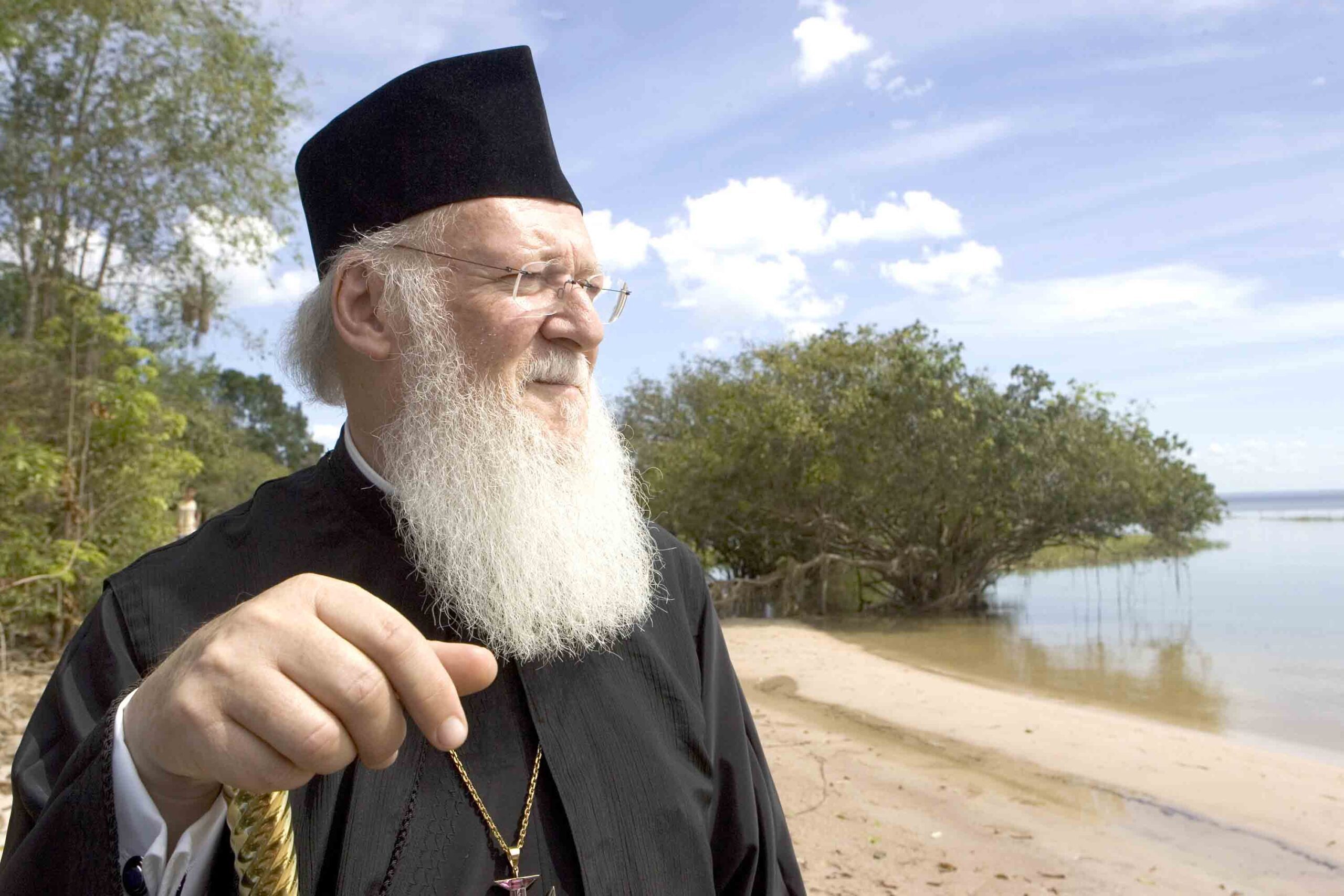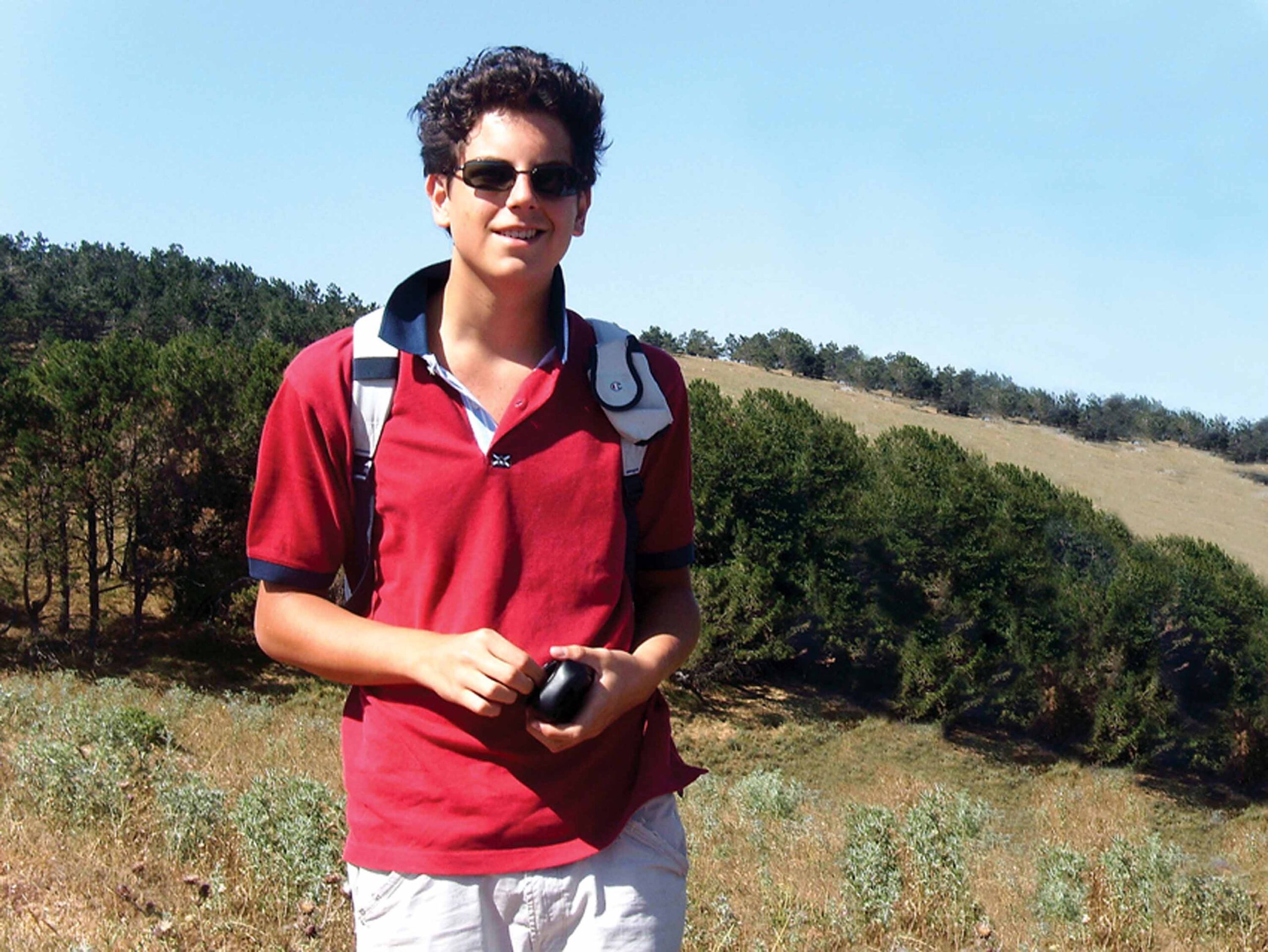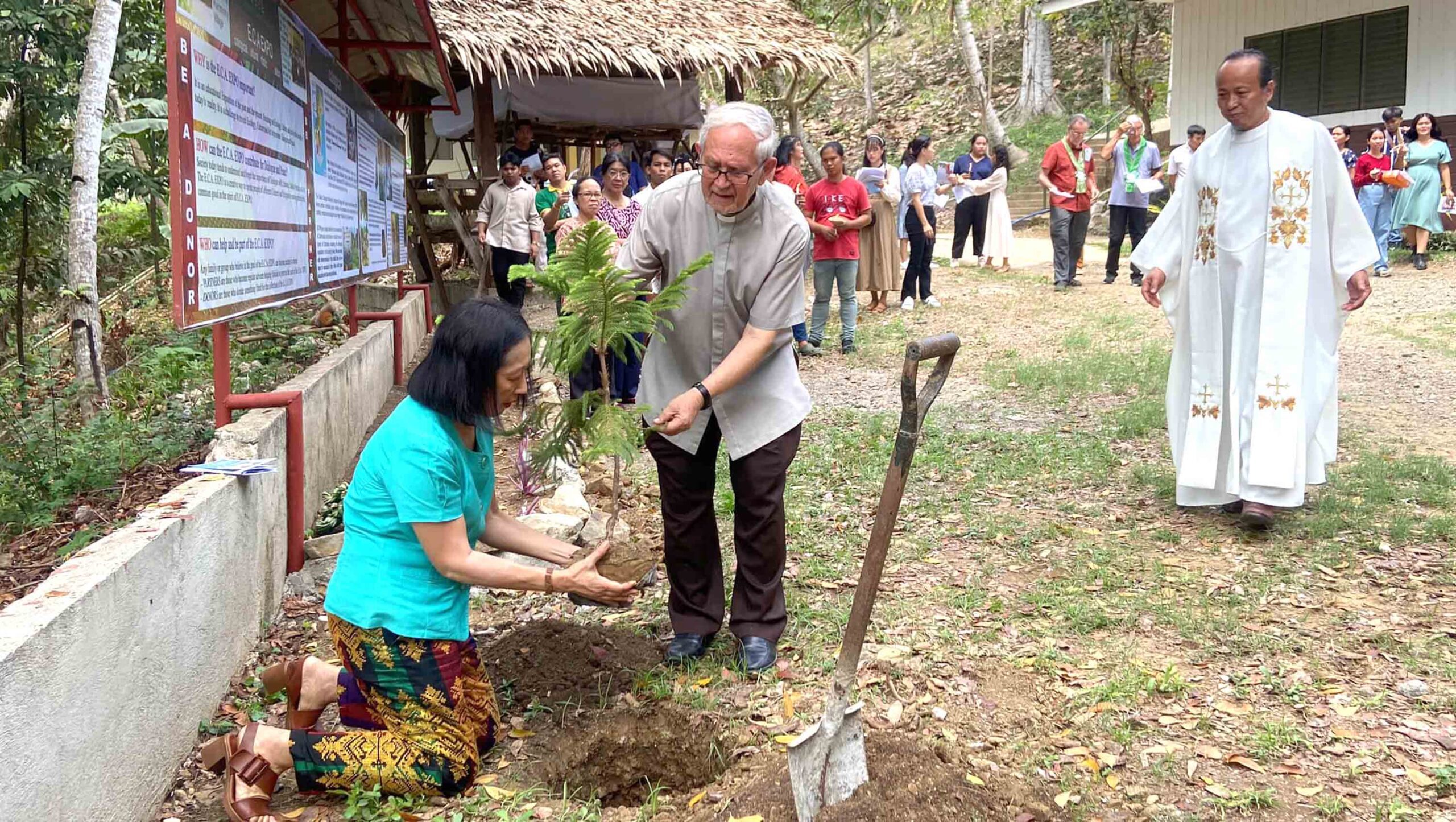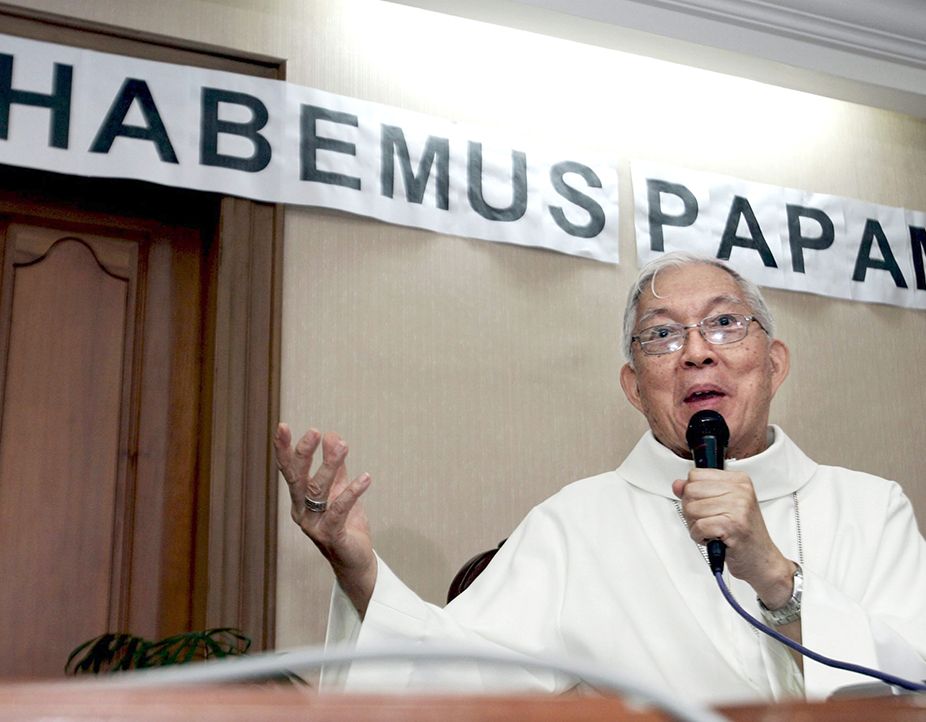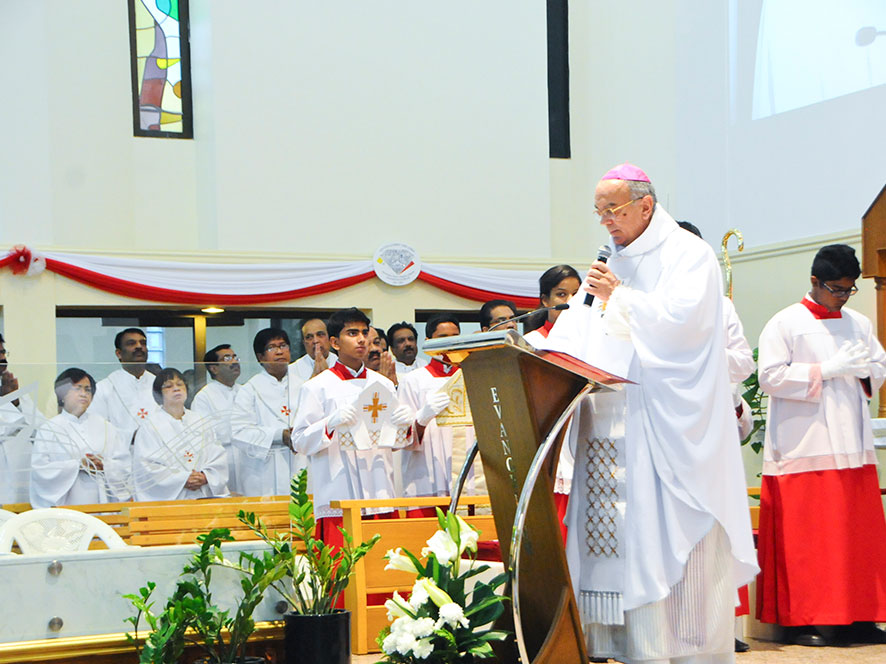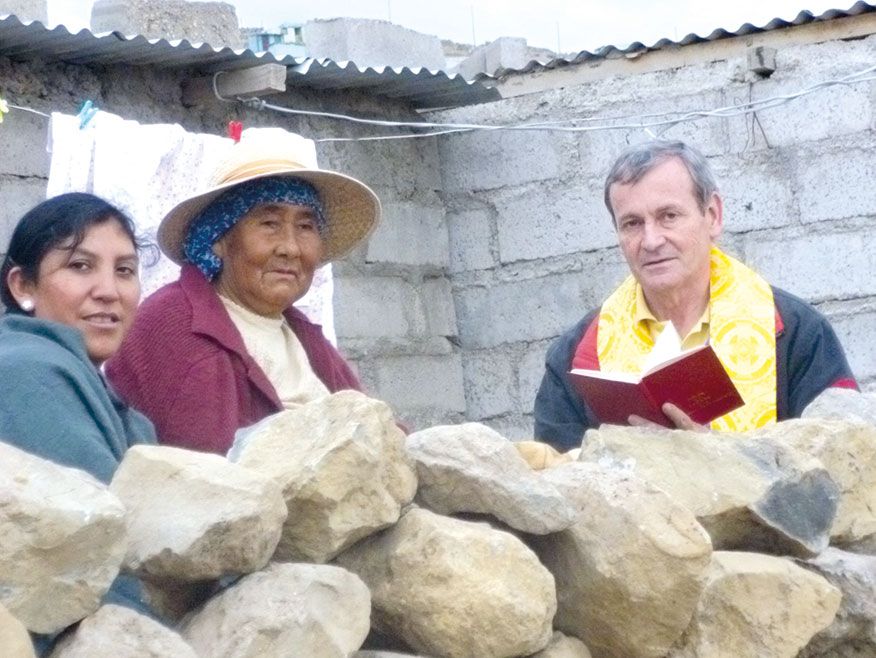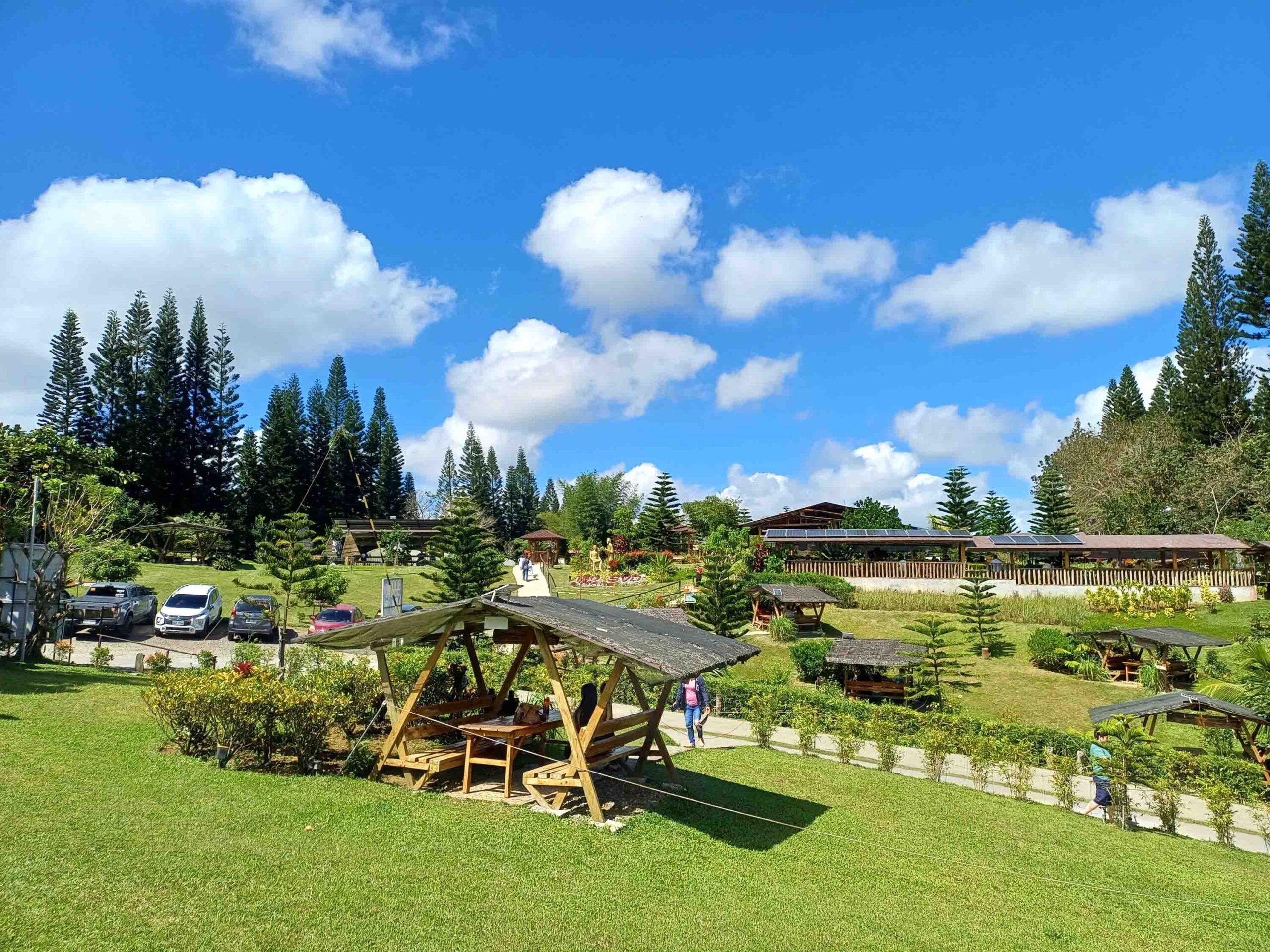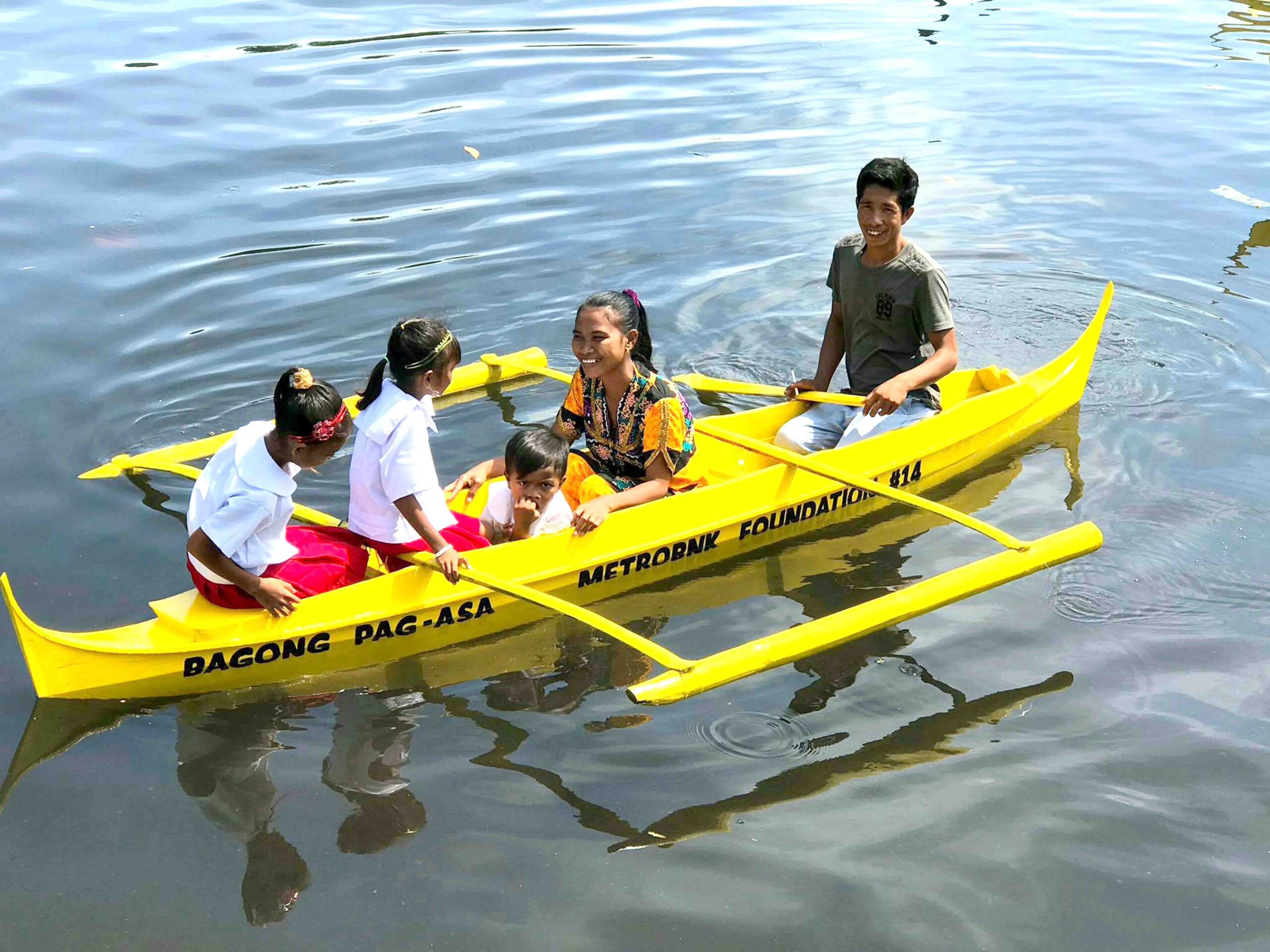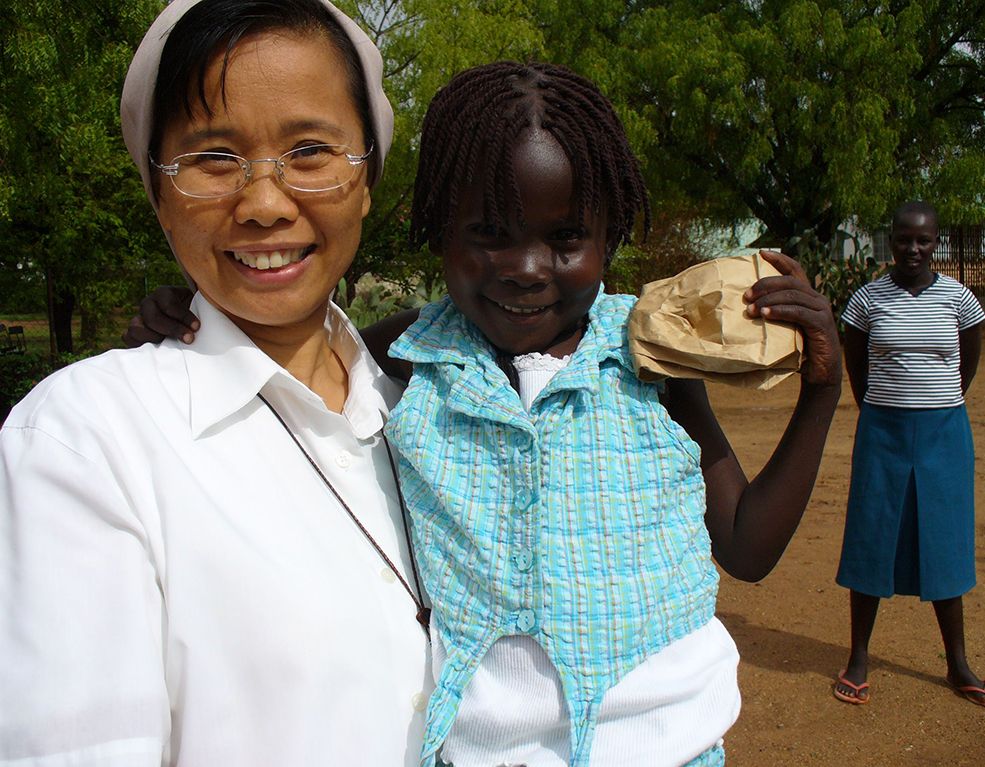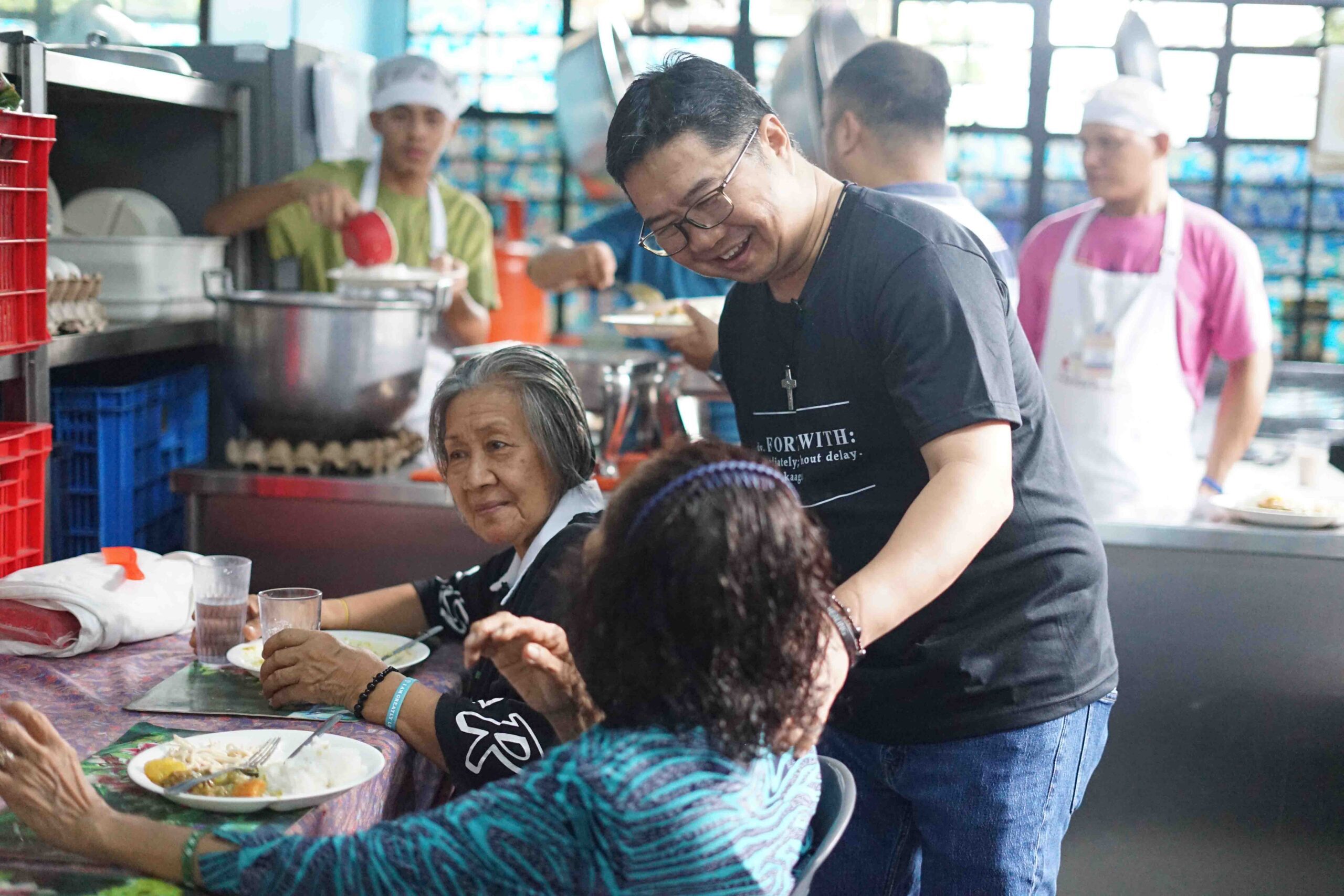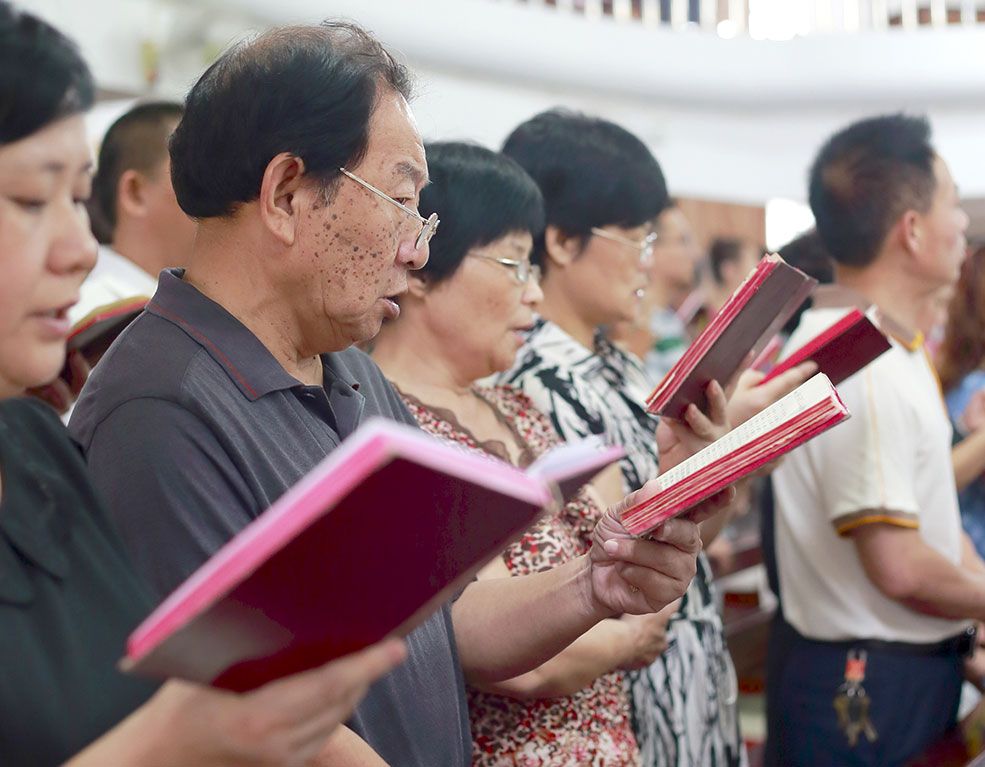Dr. Mary Jean Netario Cruz was not a naturopathic doctor yet, but when their Shih Tzu developed psoriasis, she tried everything to eliminate the skin disease. None of the treatments worked, but she had been following leading magnesium advocates.
Cruz remembered a lecture by Dr. Carolyn Dean on magnesium. Dean is a Canadian medical and naturopathic doctor based in the United States. She developed her diverse medical education by researching nutrients, homeopathy, and other alternative therapies almost five decades ago while studying to be an MD.
After she graduated, Dr. Carolyn Dean began to integrate her application of alternative therapies alongside traditional allopathic medicine as she became one of the first functional medicine doctors in Canada. She was Cruz’s professor at the Institute for Integrative Nutrition School in New York while taking a health coaching course.
So Dr. Cruz researched the mineral magnesium to formulate a liquid form and applied it to the dog’s affected area. “To my amazement, the wounds of our Shih Tzu dried the following day,” Cruz said. “I hypothesized that if this solution could heal an animal’s wounds, it also could on humans. The experiment led me to dig deeper and look into the science behind the healing properties of the mineral.”
In 2011, on the occasion of Mother’s Day, Cruz tried her formulation on humans for the first time. The mother of a longtime friend, Lyn Iglesias, was having an arthritis flare-up and was limping due to inflamed knees. “I told Lyn about Dr. Dean’s lecture on magnesium for arthritis,” Cruz said. “We tried it on her mom. We were amazed when the inflammation was gone. Her mother walked like there had been no problem with her knees. We were elated to see the magic.”
IDEA TO SHARE WITH OTHERS
Cruz also tried magnesium on people complaining of back pain, frozen shoulders, and muscle cramps. It provided relief and treatment, giving her the idea and inspiration to share and spread the mineral’s ability to address body pains.
Cruz admits the mineral cannot cure everything that is painful but is confident that if the pain is triggered by depleted magnesium from the body, the mineral will work. She also explains that transdermal therapy is safe since the mineral is not taken orally, bypassing the stomach. It is administered into the body via the skin by massage or spray.
The pain-healing mission started to be conceptualized in 2014 when Cruz visited the Kanlungan Ni Maria, a home for the elderly in Antipolo, a city about 17 kilometers southeast of Manila.
Cruz introduced herself to Fr. Dari Dioquino, the priest in charge of the home for the aged. The priest was all ears as she talked about magnesium’s ability to relieve and treat body pains. After a while, Cruz proposed to Dioquino that she apply magnesium oil to the painful parts of the home’s residents.
The priest talked to his residents and explained that they had a guest offering to relieve and treat them of their body pains. The residents–some wheelchair-bound, others bedridden–happily welcomed Cruz.
So she generously applied magnesium oil to the painful parts and gently massaged them with the solution. After a few hours, some residents reported relief. Dioquino himself, who applied magnesium oil himself, was amazed at the relief he experienced.
The priest became interested in learning more about the mineral, so Cruz frequently visited the home for the aged to help him. Her visits led to sharing the relief and treatment with others, especially the old and financially challenged.
PAIN-HEALING MISSION
In December 2014, Cruz and her friends of magnesium therapy advocates flew to Bohol, an island province in central Philippines, for a pain-healing outreach. Dioquino, who became a magnesium therapy advocate over the past months, joined the mission.
The late Fr. Fernando Po, a wheelchair-bound priest based in Bohol then, collaborated with Cruz’s team. More than a hundred people, mostly senior citizens and economically challenged, received free therapy and bottles of magnesium oil.
Po accommodated the team in their home for several days and toured them around Bohol. He himself was given therapy by Cruz. “When the person’s store of magnesium is depleted, body pains may arise,” Cruz said. Alcohol, excessive sweating, caffeine, and some medicines, like antibiotics and proton pump inhibitors, could trigger the depletion of the body’s magnesium. Magnesium could also treat insomnia, Cruz explained.
In April 2015, Cruz and her team of fellow magnesium therapy advocates traveled on land to Sagada, a municipality in the mountainous Cordillera, for a pain-healing mission. Sagada, a tourist destination in the northern Philippines, is known for its rice terraces, the Sumaguing Caves, and the cold temperatures due to its high elevation.
In the same year, they also climbed a mountainous section of Tanay, a municipality more than 30 kilometers southeast of Manila. They visited the Dumagats, an indigenous people. They provided the Dumagats with free therapy and brought them sacks of rice and planting materials. The Dumagats eat sweet potatoes and corn as their staples. They make a living by making sawali (woven bamboo splits), and raising livestock. The Dumagats also live in the Quezon, Bulacan, and Laguna provinces.
Cruz and her magnesium team also traveled to Laguna, Cagayan de Oro, Sorsogon, Marawi, and other parts of the country to conduct the pain-healing mission. Marawi, an Islamic city in the south, was damaged mostly by air strikes during the battle between government forces and separatist militants in 2017.
“Magnesium does not have a direct pain-relieving effect,” explained Cruz. “But this mineral has the ability to block the calcium ions from entering the cells by stopping the NMDA receptors.” She also reminds us that a lack of magnesium in the person’s body may cause painful conditions.
In May 2015, Cruz demonstrated to about 60 retired priests during a retreat how to do the therapy themselves. The clergies complained of migraines, muscle cramps, and joint pains. Excessive calcium in the body could also trigger pain, she said. “Headache, fatigue, muscle pain, and insomnia are symptoms of magnesium deficiency,” she said. “A large amount of calcium in the body could deplete the store of magnesium.”
Cruz is a member of the American Association of Drugless Practitioners. She has helped hundreds of people in different parts of the country recover from painful conditions. Her friends encouraged her to put up a clinic for people who would choose to get better at how she practices.
WORLD’S FIRST CLINIC OF ITS KIND
In 2014, Cruz opened a clinic in Antipolo, known as Magiteque Pain Therapy Centre. Dean cited Cruz as the world’s first magnesium therapy practitioner to do treatment in a clinical setting. She confirmed this development in an e-mail to this author on November 21, 2014. “I don’t know of any other magnesium clinics anywhere in the world,” Dean said. “She is an amazing pioneer in this field.”
Dr. Mildred Seelig started championing magnesium in treating various health conditions as early as 1964, explained Dean, who is today’s world’s leading magnesium therapy advocate. “Seelig spent the rest of her career studying and writing about magnesium,” Dean said. “When I met her, she was writing The Magnesium Factor,” her first book on magnesium at the same time I was writing mine, The Magnesium Miracle.”
Dean also mentioned that Dioquino is the world’s first priest to advocate magnesium therapy. Cruz regards Dioquino as the father of their pain-healing advocacy. He joined several missions in different parts of the country. Dioquino is the assistant priest at St. Therese of the Child Jesus Diocesan Shrine and Parish in Antipolo. He is also in charge of Josefheim Foundation, a home for the aged in Rizal. After he turned over Kanlungan ni Maria-Home for the Aged to nuns following more than a decade, he and other volunteers established the Josefheim Foundation in Pililla, Rizal. Dioquino is keen on dedicating his life to giving homeless seniors shelter and care. Cruz is grateful to Fr. Dioquino for embracing the advocacy.
Cruz also expressed gratitude to the late Efleda Campos for helping spread her advocacy. Campos was a senior editor at Business Mirror, a national broadsheet in the Philippines with an online edition. She closed the page of the Elderly section, among other things. The pain-healing mission had appeared in the Elderly section a number of times since most of its beneficiaries were old people.
The pain-healing mission also appeared several times on CBCPNews, the Catholic Bishops Conference of the Philippines’ online news service. In January this year, the mission marked its 10th anniversary. Cruz is looking at conducting pain-healing missions in the coming days, especially in depressed areas that have less access to health care services.

